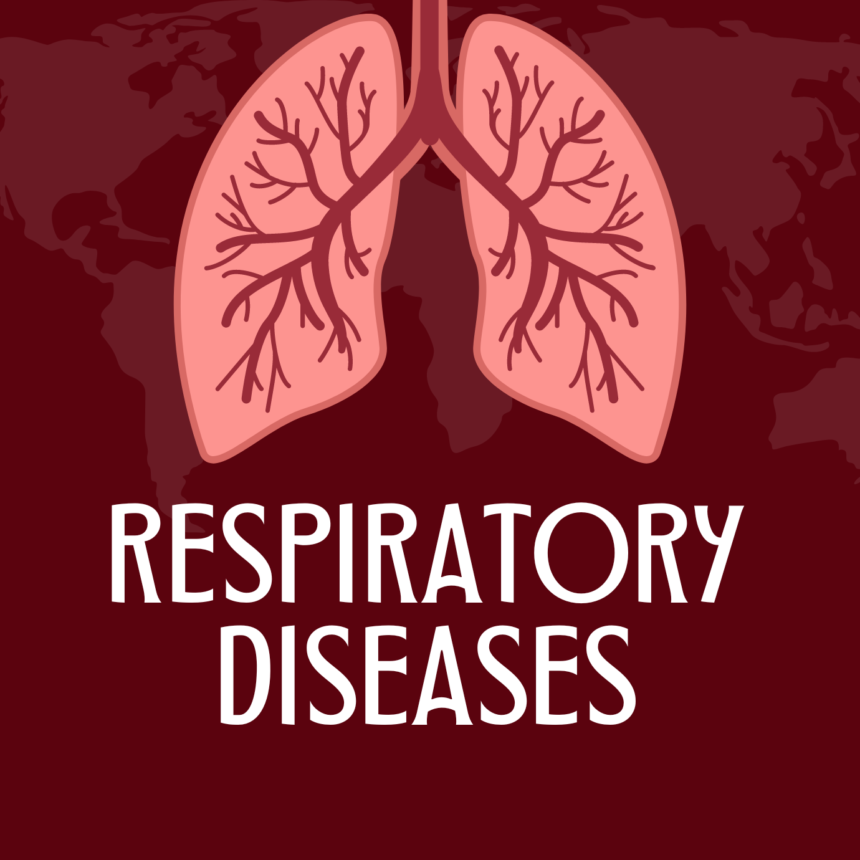Chronic Obstructive Pulmonary Disease (COPD) is a progressive lung condition that affects millions of people worldwide. It’s a leading cause of disability and mortality, but with proper understanding and management, individuals with COPD can maintain a good quality of life. Let’s explore the causes and treatments for COPD.
Understanding COPD:
COPD is an umbrella term that encompasses two main conditions: chronic bronchitis and emphysema. In both cases, the airways and air sacs in the lungs become damaged, making it difficult to breathe.
Causes of COPD:
- Smoking: The primary cause of COPD is smoking, with about 85-90% of COPD cases directly related to tobacco use. It’s crucial to quit smoking to slow the progression of the disease.
- Environmental Exposures: Long-term exposure to lung irritants like secondhand smoke, air pollution, and workplace dust and chemicals can contribute to COPD.
- Genetics: In some cases, a genetic condition known as alpha-1 antitrypsin deficiency can lead to early-onset COPD.
Symptoms of COPD:
COPD symptoms can range from mild to severe and often develop slowly. Common symptoms include:
- Chronic Cough: A persistent cough, often accompanied by mucus production, is a common early symptom.
- Shortness of Breath: Individuals with COPD may experience breathlessness, especially during physical activity.
- Wheezing: Wheezing, a high-pitched whistling sound during breathing, is a characteristic symptom.
- Chest Tightness: Many people with COPD describe a feeling of pressure or tightness in the chest.
Treatment and Management:
While there is no cure for COPD, several treatments can help manage the condition and improve symptoms:
- Smoking Cessation: Quitting smoking is the most crucial step in managing COPD. It can slow disease progression and improve lung function.
- Medications: Bronchodilators and inhaled corticosteroids are commonly prescribed to relax airway muscles and reduce inflammation.
- Pulmonary Rehabilitation: This program involves exercise, nutrition counseling, and education to help individuals with COPD manage their condition.
- Oxygen Therapy: Oxygen therapy may be necessary for individuals with severe COPD to ensure they receive enough oxygen.
- Lung Surgery: In severe cases, lung volume reduction surgery or lung transplantation may be considered.
- Vaccinations: Influenza and pneumonia vaccines can help prevent respiratory infections that can worsen COPD symptoms.
Prevention:
The best way to prevent COPD is to avoid smoking and exposure to lung irritants. If you smoke, quitting is the single most effective step you can take to reduce your risk.
In conclusion, COPD is a chronic lung condition with various causes, primarily linked to smoking and environmental exposures. While it’s not curable, COPD is manageable with proper treatment and lifestyle changes. Early diagnosis and a comprehensive treatment plan are essential for improving the quality of life for individuals with COPD. If you have symptoms or risk factors for COPD, consult a healthcare provider for evaluation and guidance.








